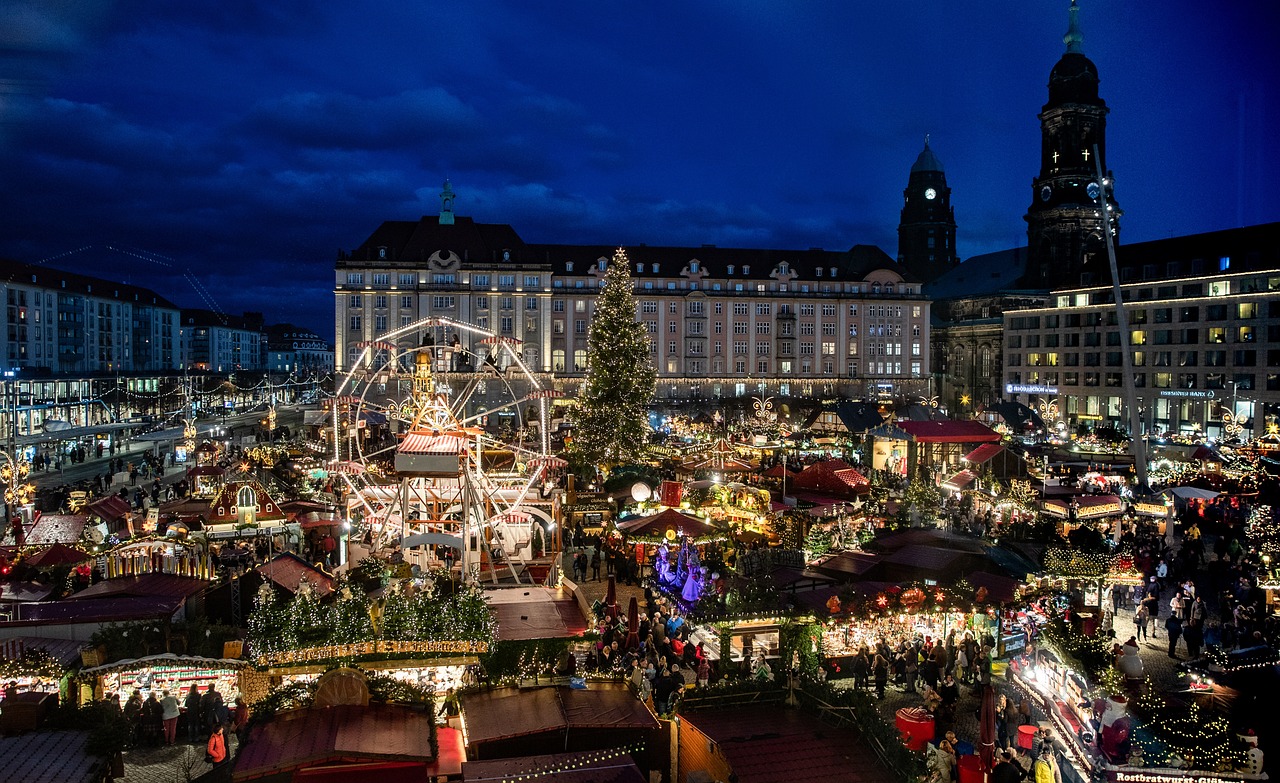
Cultural festivals in Central and Eastern Europe (CEE) offer a vibrant window into the region’s diverse heritage, showcasing a rich tapestry of traditions, arts, and communal celebrations. These festivals, ranging from folkloric to contemporary arts, not only provide entertainment but also serve as important platforms for cultural expression, preservation, and exchange. They are a testament to the region’s ability to maintain its cultural distinctness while adapting to modern influences.
In CEE, each country and community boasts its unique array of festivals, many of which have historical roots and are deeply intertwined with the local culture and traditions. These events often combine music, dance, food, and crafts, offering an immersive experience into the local heritage.
For instance, the Krakow Wianki festival in Poland, based on a pagan ritual, has evolved into a modern celebration of music and culture, drawing both local and international artists. Similarly, the Prague Spring International Music Festival in Czechia is a prestigious event in the classical music calendar, featuring top orchestras and soloists from around the world.
In Hungary, the Busójárás festival in Mohács marks the end of winter with a mix of folklore and fun. Participants don traditional masks and costumes in a lively event that combines ancient traditions with modern festivities. This festival not only entertains but also connects younger generations to their cultural heritage.
Romania’s Sighisoara Medieval Festival brings the past alive in one of the best-preserved mediaeval towns in Europe. The festival features mediaeval music, knights’ tournaments, and workshops on traditional crafts, offering a glimpse into the region’s history.
Bulgaria’s Kukeri festival is another example where participants don elaborate costumes and masks, performing rituals intended to dispel the evil spirits of winter and welcome the spring. It’s a spectacular display of local culture and folklore.
The Tallinn Music Week in Estonia showcases a different aspect of CEE’s cultural scene, focusing on contemporary music and arts. It’s not just a music festival but also a platform for discussions on topics like urban planning, design, and technology, reflecting the region’s progressive integration of culture and innovation.
These festivals do more than just preserve traditions; they are also forums for cultural dialogue and exchange. They often include components like workshops, exhibitions, and discussions, which foster a deeper understanding and appreciation of diverse cultural expressions.
However, organising these festivals in a way that respects and preserves the authenticity of the traditions they represent can be challenging. There is a delicate balance between commercial success and maintaining cultural integrity. The influx of tourists, while beneficial economically, can sometimes put a strain on local communities and resources.
In conclusion, cultural festivals in Central and Eastern Europe are vibrant showcases of the region’s rich and diverse heritage. They play a crucial role in preserving traditional arts and crafts while adapting them to contemporary contexts, ensuring that this heritage remains a living, evolving part of the region’s cultural landscape. As windows to CEE’s diverse heritage, these festivals not only entertain but also educate and connect people, fostering a sense of shared identity and cultural continuity.






